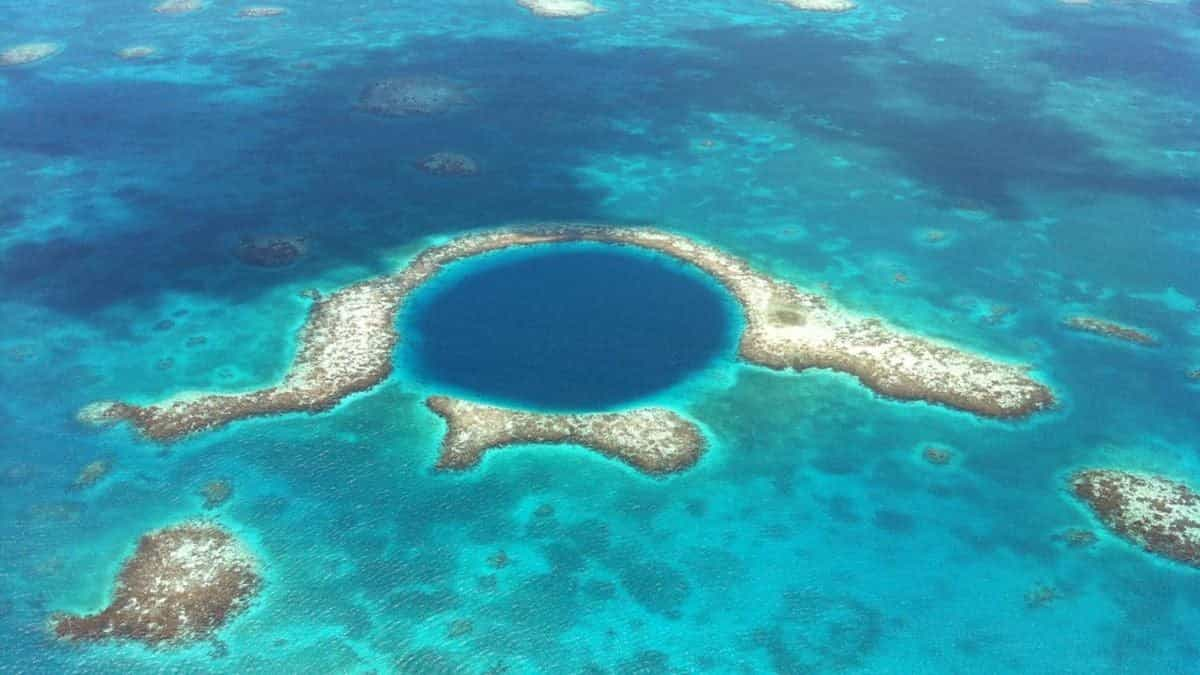Show table of content Hide table of content
In a remarkable scientific discovery, researchers have identified an enormous gravitational anomaly spanning 3 million square kilometers in the Indian Ocean. This peculiar phenomenon, often referred to as a “gravity hole,” represents an area where Earth’s gravitational pull is measurably weaker than surrounding regions. The mystery behind this massive anomaly has puzzled scientists for decades, but recent research suggests we may finally understand its origins.
The enigmatic gravity hole: what science reveals
The Indian Ocean Geoid Depression, located approximately 1,200 kilometers southwest of India, represents one of Earth’s most fascinating gravitational anomalies. In this vast region, Earth’s gravitational pull weakens significantly, creating what scientists call a “gravity hole.” This phenomenon causes the ocean floor to sink due to the reduced mass beneath it.
Dutch geophysicist Felix Andries Vening Meinesz first identified this anomaly in 1948, but its origins remained enigmatic for over 70 years. The sheer scale of this gravity hole—covering an area of 3 million square kilometers—makes it a significant geological feature demanding explanation.
News This TikToker buys a used van and realizes it has a hidden surveillance device.
Understanding gravity anomalies requires complex modeling of Earth’s interior structures. Such variations in gravitational pull often indicate differences in density beneath Earth’s surface. In regions with numerous active volcanoes worldwide, gravity readings typically show higher values due to dense magma chambers. The Indian Ocean anomaly presents the opposite scenario—suggesting lower density materials below.
Scientists have proposed numerous theories over decades to explain this peculiar feature, but conclusive evidence remained elusive until recently. The gravity hole’s persistence through geological time suggests it formed through major tectonic processes rather than temporary geological events.
Breakthrough research unmasks the gravity hole’s origins
In 2023, researchers from the Indian Institute of Science published a groundbreaking study in Geophysical Research Letters that potentially solved this decades-old mystery. The team generated 19 sophisticated computer models simulating Earth’s mantle movement and tectonic plate shifts over the past 140 million years.
According to Attreyee Ghosh, study co-author, these models provided unprecedented insights into ancient Earth. “We have information and some confidence about what Earth looked like during that period,” Ghosh explained to CNN. These simulations revealed a complex geological history behind the gravitational anomaly.
The research indicates the gravity hole formed following the disappearance of an ancient ocean called Tethys. This prehistoric body of water once separated two supercontinents—Laurasia and Gondwana—effectively dividing the Indian plate from Asia. As India began its northward migration, the Tethys Ocean gradually vanished, closing the gap between India and Asia.
During this massive geological shift approximately 180 million years ago, broken fragments of Earth’s crust plunged deep into the mantle. Then, around 20 million years ago, low-density materials began rising toward the surface, creating the gravitational anomaly we observe today. Magma plumes—upwellings of hot, molten rock—intensified this process, further expanding the gravity hole’s influence.
This research represents a significant advancement in understanding Earth’s deep structures. By combining historical geological data with advanced computational modeling, scientists have potentially unlocked one of our planet’s most enduring geophysical mysteries. Even researchers conducting underwater studies for extended periods have been unable to directly observe these deep Earth processes.
Scientific debates and future exploration perspectives
Despite these compelling findings, the scientific community remains divided on the gravity hole’s exact origins. Many researchers question aspects of the computer models, arguing that additional factors may contribute to this massive anomaly. Like those seeking to find subtle differences in seemingly similar images, scientists continue searching for nuances in geological data.
News Bat wings after 50? Here’s the most effective exercise, according to a coach.
Alternative theories suggest the involvement of other geological processes. Some researchers propose that subduction zones—areas where one tectonic plate slides beneath another—played a more significant role than currently believed. Others suggest ancient meteorite impacts might have altered the region’s geological composition.
The debate underscores the complexity of Earth’s interior and the challenges of modeling prehistoric geological events. While computer simulations provide valuable insights, they rely on assumptions about Earth’s past configuration. As technology advances, more sophisticated models will likely emerge, potentially resolving ongoing disagreements.
Future research will require extensive oceanic surveys using advanced gravimetric instruments. Similar to how scientists study natural phenomena through direct observation, geophysicists need more field data to validate their theoretical models.
Implications for our understanding of Earth’s structure
The Indian Ocean gravity hole offers a rare window into Earth’s interior processes. By studying this anomaly, scientists gain insights into mantle convection—the slow movement of semi-solid rock that drives plate tectonics and shapes our planet’s surface.
Understanding these deep Earth processes has practical applications beyond pure science. Knowledge of mantle dynamics helps predict volcanic activity, earthquake risks, and other geological hazards. This research demonstrates how seemingly abstract geophysical studies contribute to human safety and wellbeing.
The gravity hole also illustrates Earth’s dynamic nature. Our planet constantly changes through processes operating on timescales spanning millions of years. The satisfaction derived from unraveling these ancient mysteries demonstrates that scientific discovery provides deeper fulfillment than material pursuits, driving researchers to continue their investigations.
As research continues, the Indian Ocean Geoid Depression will likely reveal additional secrets about Earth’s formation and evolution. This massive gravity hole stands as a testament to our planet’s complex geological history and the ongoing scientific quest to understand the forces that have shaped our world for billions of years.


